#Star!Roman
Text
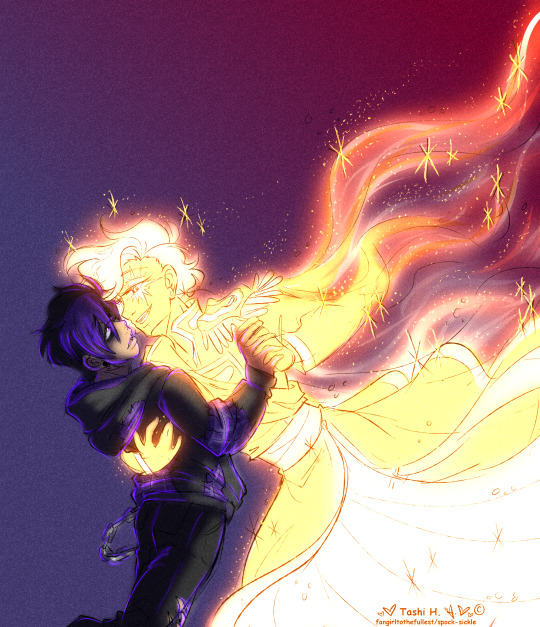

"I wanna love you as one does; I, I will protect you, at all cost."
The Disney movie Wish could have had a romance so to get over my sheer frustration, have Star!Roman and Virgil. >///> Please reblog?
#tashiarts#sanders sides#prinxiety#roman sanders#virgil sanders#Star!Roman#I guess I'm on a bit of a prinxiety kick lol
871 notes
·
View notes
Text
NASA releases the clearest images of Neptune’s rings in over 30 years


#Neptune#him!!!#(usually I say pretty things are girls but Neptune in Roman mythology is a boy so-)#nasa#planets#planet#galaxy#solar system#stars#space#astronomy#astrology#hubble telescope#tags#popular#trending#tumblr#universe#moon#Hubble#telescope#aesthetic#space aesthetic#cosmos#galaxies#comet#asteroid#constellation#sky#james webb space telescope
57K notes
·
View notes
Text
Black Hole Friday Deals!
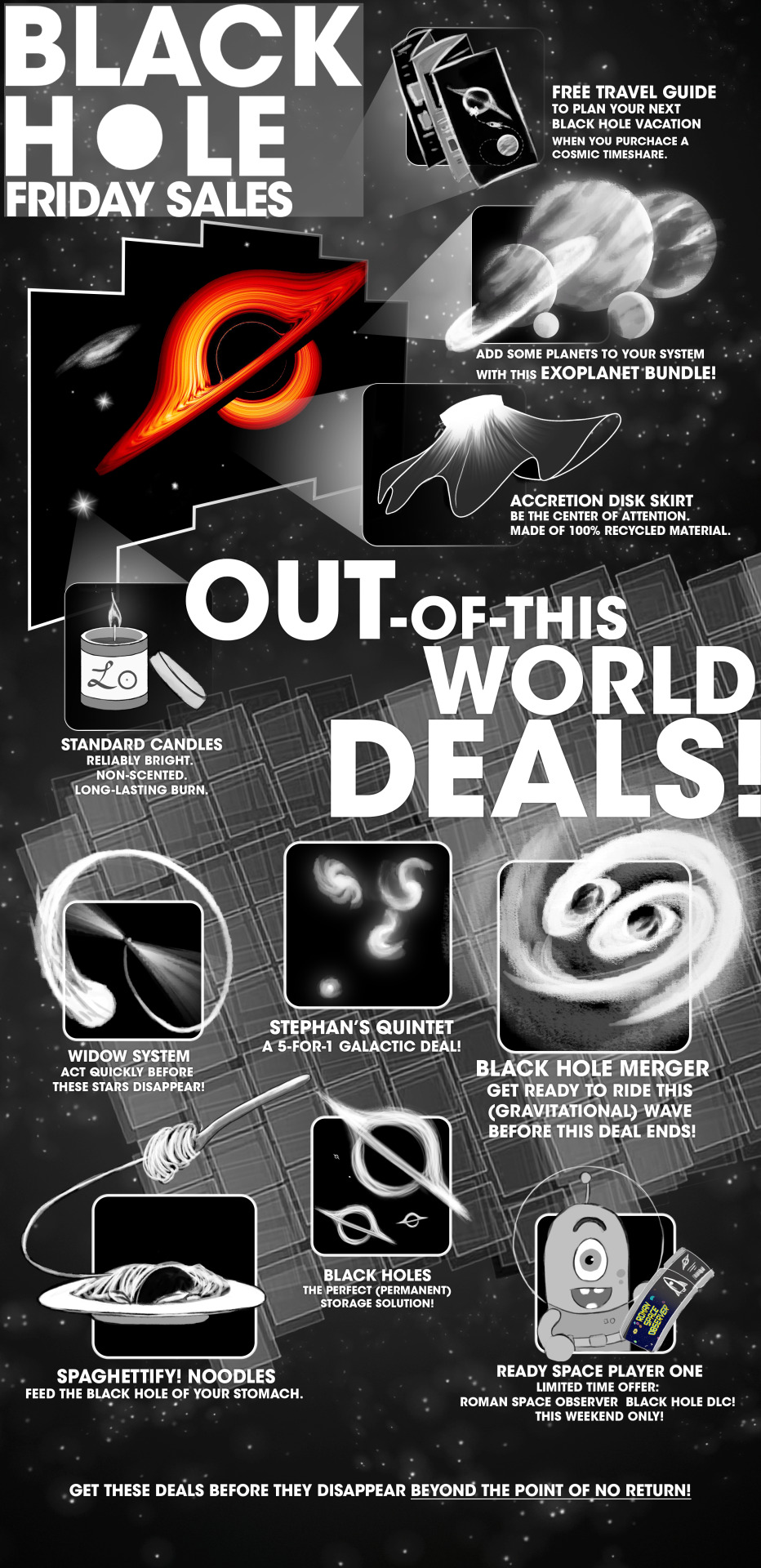
Get these deals before they are sucked into a black hole and gone forever! This “Black Hole Friday,” we have some cosmic savings that are sure to be out of this world.
Your classic black holes — the ultimate storage solution.
Galactic 5-for-1 special! Learn more about Stephan’s Quintet.
Limited-time offer game DLC! Try your hand at the Roman Space Observer Video Game, Black Hole edition, available this weekend only.
Standard candles: Exploding stars that are reliably bright. Multi-functional — can be used to measure distances in space!
Feed the black hole in your stomach. Spaghettification’s on the menu.
Act quickly before the stars in this widow system are gone!
Add some planets to your solar system! Grab our Exoplanet Bundle.
Get ready to ride this (gravitational) wave before this Black Hole Merger ends!
Be the center of attention in this stylish accretion disk skirt. Made of 100% recycled cosmic material.
Should you ever travel to a black hole? No. But if you do, here’s a free guide to make your trip as safe* as possible. *Note: black holes are never safe.
Make sure to follow us on Tumblr for your regular dose of space!
#NASA#astronomy#telescope#Roman Space Telescope#black holes#galaxies#cosmology#astrophysics#stars#galaxy#Hubble#Webb#space#exoplanets#science#physics#comic#comics#comic art
3K notes
·
View notes
Text

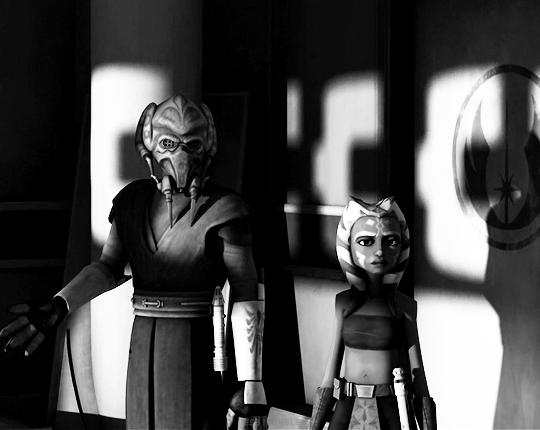


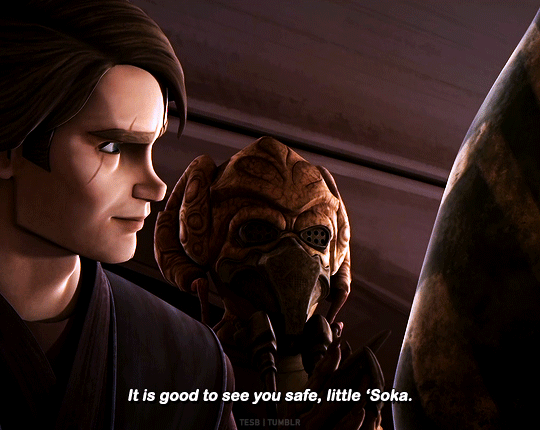
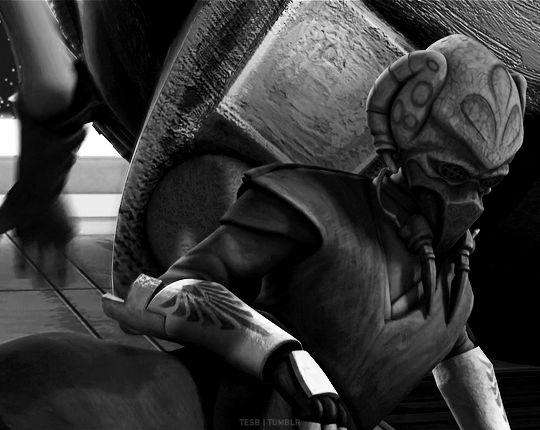
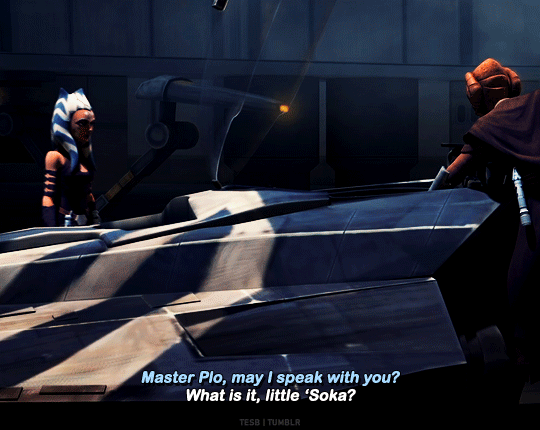

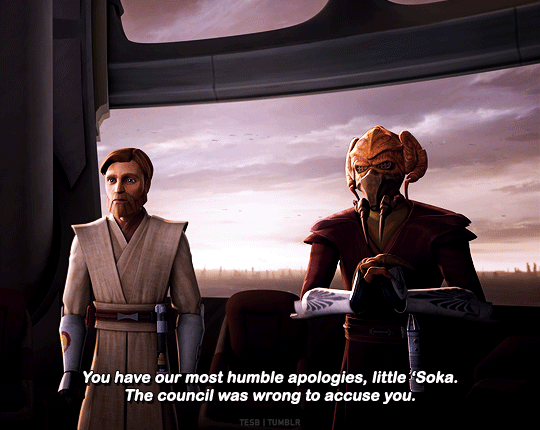
@SWSOURCE STAR WARS WEEK
Day 5: Favourite names/nicknames
PLO KOON & CALLING AHSOKA "LITTLE 'SOKA"
It was Master Plo Koon who found me and brought me to the temple where I belonged. He's one of my oldest friends.
#sww24#star wars#swedit#tcwedit#ahsoka tano#plo koon#the clone wars#star wars the clone wars#swsource#starwarsblr#starwarsedit#gifs#*#ahsoka and plo not reuniting before order 66 is my roman empire
1K notes
·
View notes
Text

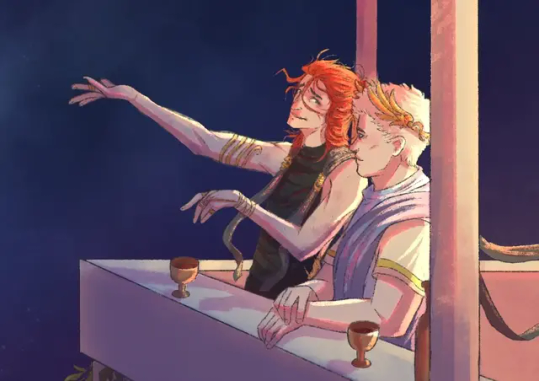
"Look! Stars here!", said Crowley with a big smile.
The prettiest star Aziraphale found isn't exactly in the sky.
#good omens#good omens fanart#ineffable husbands#ineffable idiots#crowley#angellilouart#aziraphale#digital art#aziracrow#gladiator au#ineffable romans#roman empire#stars#sky#night
922 notes
·
View notes
Text
hey wait i just had a thought. what would Data's handwriting look like. do you think whenever he has to handwrite he just perfectly prints New Times Roman in size 14 onto the paper in three seconds or something. wait imagine if he wrote in Comic Sans
#star trek#star trek tng#data soong#star trek data#data star trek#would he though#data writing in barcodes or wingdings is extremely funny to me#imagine if they all had to like sign their names on a piece of paper for some reason#and everyone has like normal handwriting with curves and mistakes and imperfections#and then data is just perfect new times roman in the middle#do you think he would mimic the imperfections of human handwriting so his doesn't look so jarring#answering my own question: yes he would
1K notes
·
View notes
Text

just thinking about how luke was only ever really taught to wield the force as a weapon, but never how to put up barriers in his mind, just wondering, really, what happens to you when you touch the fabric of the universe but don't know how to wash it off your hands again, if sometimes being one with every living thing feels like you are disintegrating, fraying at the seams
#luke skywalker#star wars#this is brought to you by last weeks ahsoka episode#and the relentless cosmic horror luke brainrot it has caused me#i just keep thinking about luke sleepwalking into the world between worlds#like sometimes he just wakes up there like others wake up in their kitchen at 3 am#i am never not thinking about this tbh#this is my roman empire#like just#yoda told him do or do not and luke took that literally#he went and stared straight into the abyss
1K notes
·
View notes
Text
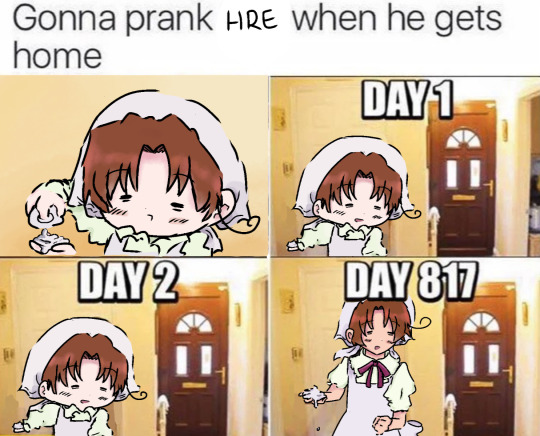
Patience is virtue?
#hetalia#aph#hetalia axis powers#hws#hetalia world stars#hetalia fanart#meme redraw#chibitalia#aph chibitalia#aph italy#hws italy#aph veneziano#hws veneziano#hetalia italy#hetalia veneziano#holy roman empire#aph holy roman empire#hws holy roman empire#holytalia
429 notes
·
View notes
Text


konata is a wlw weeb icon
#personal crap#lucky star#that's a thought though how common is using roman letters on the japanese internet#(or any internet for a language that doesn't use them for that matter)
931 notes
·
View notes
Text




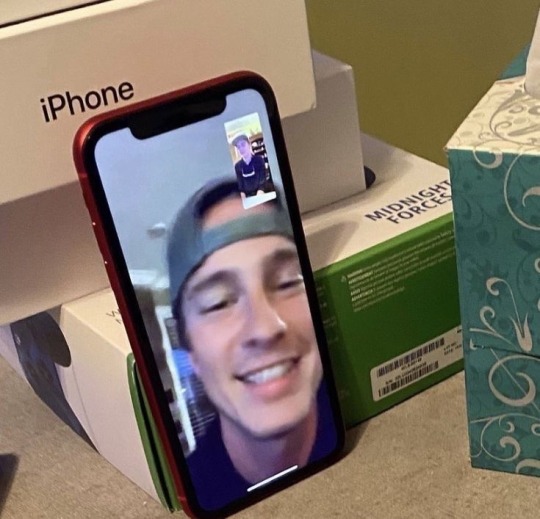




soft!rafe’s gfs weekly photodump
430 notes
·
View notes
Text

Astronomers used three of NASA's Great Observatories to capture this multiwavelength image showing galaxy cluster IDCS J1426.5+3508. It includes X-rays recorded by the Chandra X-ray Observatory in blue, visible light observed by the Hubble Space Telescope in green, and infrared light from the Spitzer Space Telescope in red. This rare galaxy cluster has important implications for understanding how these megastructures formed and evolved early in the universe.
How Astronomers Time Travel
Let’s add another item to your travel bucket list: the early universe! You don’t need the type of time machine you see in sci-fi movies, and you don’t have to worry about getting trapped in the past. You don’t even need to leave the comfort of your home! All you need is a powerful space-based telescope.
But let’s start small and work our way up to the farthest reaches of space. We’ll explain how it all works along the way.

This animation illustrates how fast light travels between Earth and the Moon. The farther light has to travel, the more noticeable its speed limit becomes.
The speed of light is superfast, but it isn’t infinite. It travels at about 186,000 miles (300 million meters) per second. That means that it takes time for the light from any object to reach our eyes. The farther it is, the more time it takes.
You can see nearby things basically in real time because the light travel time isn’t long enough to make a difference. Even if an object is 100 miles (161 kilometers) away, it takes just 0.0005 seconds for light to travel that far. But on astronomical scales, the effects become noticeable.
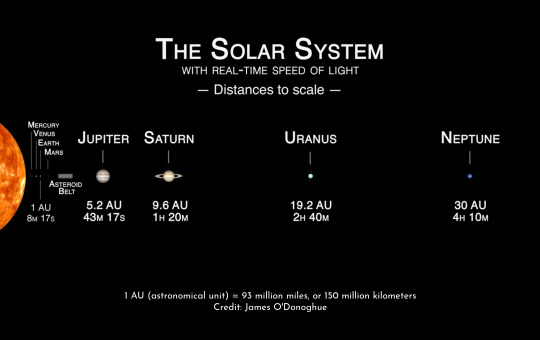
This infographic shows how long it takes light to travel to different planets in our solar system.
Within our solar system, light’s speed limit means it can take a while to communicate back and forth between spacecraft and ground stations on Earth. We see the Moon, Sun, and planets as they were slightly in the past, but it's not usually far enough back to be scientifically interesting.
As we peer farther out into our galaxy, we use light-years to talk about distances. Smaller units like miles or kilometers would be too overwhelming and we’d lose a sense of their meaning. One light-year – the distance light travels in a year – is nearly 6 trillion miles (9.5 trillion kilometers). And that’s just a tiny baby step into the cosmos.
youtube
The Sun’s closest neighboring star, Proxima Centauri, is 4.2 light-years away. That means we see it as it was about four years ago. Betelgeuse, a more distant (and more volatile) stellar neighbor, is around 700 light-years away. Because of light’s lag time, astronomers don’t know for sure whether this supergiant star is still there! It may have already blasted itself apart in a supernova explosion – but it probably has another 10,000 years or more to go.
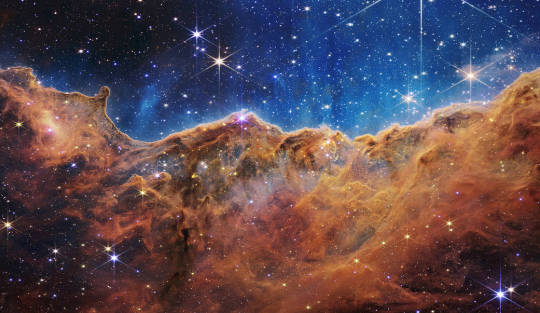
What looks much like craggy mountains on a moonlit evening is actually the edge of a nearby, young, star-forming region NGC 3324 in the Carina Nebula. Captured in infrared light by the Near-Infrared Camera (NIRCam) on NASA’s James Webb Space Telescope, this image reveals previously obscured areas of star birth.
The Carina Nebula clocks in at 7,500 light-years away, which means the light we receive from it today began its journey about 3,000 years before the pyramids of Giza in Egypt were built! Many new stars there have undoubtedly been born by now, but their light may not reach Earth for thousands of years.
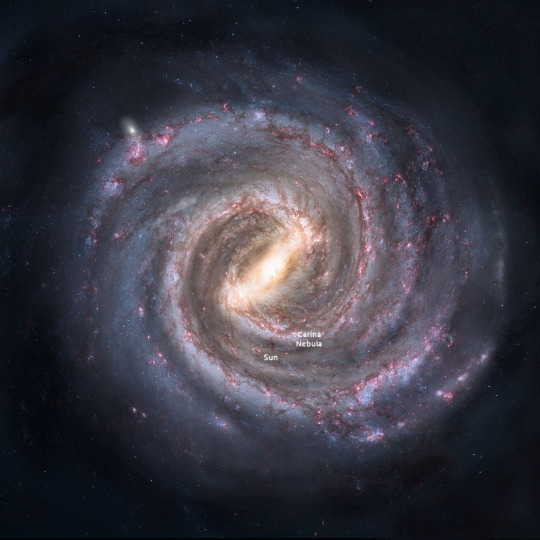
An artist’s concept of our Milky Way galaxy, with rough locations for the Sun and Carina nebula marked.
If we zoom way out, you can see that 7,500 light-years away is still pretty much within our neighborhood. Let’s look further back in time…

This stunning image by the NASA/ESA Hubble Space Telescope features the spiral galaxy NGC 5643. Looking this good isn’t easy; 30 different exposures, for a total of nine hours of observation time, together with Hubble’s high resolution and clarity, were needed to produce an image of such exquisite detail and beauty.
Peering outside our Milky Way galaxy transports us much further into the past. The Andromeda galaxy, our nearest large galactic neighbor, is about 2.5 million light-years away. And that’s still pretty close, as far as the universe goes. The image above shows the spiral galaxy NGC 5643, which is about 60 million light-years away! That means we see it as it was about 60 million years ago.
As telescopes look deeper into the universe, they capture snapshots in time from different cosmic eras. Astronomers can stitch those snapshots together to unravel things like galaxy evolution. The closest ones are more mature; we see them nearly as they truly are in the present day because their light doesn’t have to travel as far to reach us. We can’t rewind those galaxies (or our own), but we can get clues about how they likely developed. Looking at galaxies that are farther and farther away means seeing these star cities in ever earlier stages of development.
youtube
The farthest galaxies we can see are both old and young. They’re billions of years old now, and the light we receive from them is ancient since it took so long to traverse the cosmos. But since their light was emitted when the galaxies were young, it gives us a view of their infancy.

This animation is an artist’s concept of the big bang, with representations of the early universe and its expansion.
Comparing how fast objects at different distances are moving away opened up the biggest mystery in modern astronomy: cosmic acceleration. The universe was already expanding as a result of the big bang, but astronomers expected it to slow down over time. Instead, it’s speeding up!
The universe’s expansion makes it tricky to talk about the distances of the farthest objects. We often use lookback time, which is the amount of time it took for an object’s light to reach us. That’s simpler than using a literal distance, because an object that was 10 billion light-years away when it emitted the light we received from it would actually be more than 16 billion light-years away right now, due to the expansion of space. We can even see objects that are presently over 30 billion light-years from Earth, even though the universe is only about 14 billion years old.

This James Webb Space Telescope image shines with the light from galaxies that are more than 13.4 billion years old, dating back to less than 400 million years after the big bang.
Our James Webb Space Telescope has helped us time travel back more than 13.4 billion years, to when the universe was less than 400 million years old. When our Nancy Grace Roman Space Telescope launches in a few years, astronomers will pair its vast view of space with Webb’s zooming capabilities to study the early universe in better ways than ever before. And don’t worry – these telescopes will make plenty of pit stops along the way at other exciting cosmic destinations across space and time.
Learn more about the exciting science Roman will investigate on X and Facebook.
Make sure to follow us on Tumblr for your regular dose of space!
#NASA#astronomy#telescope#Roman Space Telescope#dark energy#galaxies#cosmology#astrophysics#stars#galaxy#Hubble#Webb#Chandra#Spitzer#space images#Youtube
3K notes
·
View notes
Text
THIS. This is my Roman Empire.


Rex breaking up in front of Ahsoka.
A person that he hasn't seen in months.
His commander. The only person he fully trusts at the moment. He shows his transparent self for the first time.
Not only to her, but to us, the people watching the show.
Clones are bred with a sole purpose, told they are expendable, and if they die fighting, most wouldn't care.
They are human, but they aren't treated as such.
Hidden beneath their masks there's people. That's what we see when she removes his helmet. She's telling him its okay to feel how he is doing at the moment.
And this is the breaking point for many. Rex is hurting, he's mourning, His brothers, the other soldiers, even himself have been used for all this time. Manipulated into fighting a war that was lost from the start.
All the deaths, all the used soldiers, brainwashed... It hurts him as it hurts everyone else. Even more as they are his family.
He was saved, but his brothers can't be.
#ahsoka#star wars#clone troopers#clone force 99#the clones#the clone wars#clones#attack of the clones#star wars rebels#star wars prequels#lego star wars#star wars the bad batch#the bad batch#the mandalorian#the bad batch omega#revenge of the sith#the clone army#roman empire#dee bradley baker#tbb omega#tbb crosshair#tbb hunter#tbb tech#tbb#bad batch#starwars#sw rebels#captain rex sw#captain rex#order 66
528 notes
·
View notes
Text
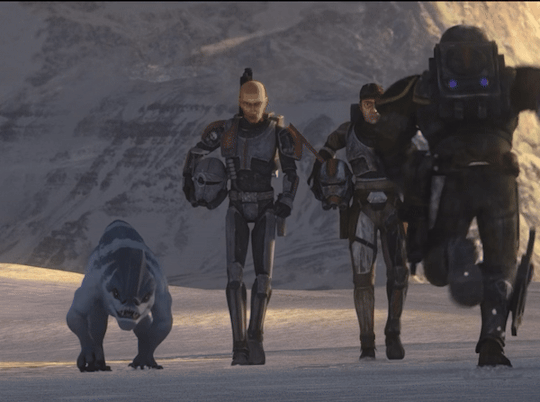
ALL. I. EVER. WANTED
#i’ll never be normal about this#my roman empire#and they lived happily ever after :’)#plus tech <3#just like old times :’)#the way wrecker just shoved them together into the hug#the bad batch#the bad batch season 3#the bad batch spoilers#tbb spoilers#star wars
401 notes
·
View notes
Text

Sorry for putting Hetalia on your dashboard in 2024, but this has been vaguely on my mind for, like, five years.
#I have to appeal to my inner 13 year-old with garbage tastes on occasion okay?#In the meantime I'm surprised how such few fanworks focus on Roderich in the aftermath of the dissolution of the Holy Roman Empire#I don't know if this has changed and I don't particularly care to check to be honest#Anyway back to the tags#hetalia#hetalia world stars#hws austria#roderich edelstein#hws holy roman empire#hws hre#digital art#digital artist#tw blood#cw blood#tw death#cw death#cw child death#tw child death
349 notes
·
View notes
Text

It’s my birthday 🎂 so u guys can have this as a treat🩵🩵🩵
#ensemble stars#enstars#art#tenshouin eichi#hibiki wataru#wataei#this is my Roman Empire#they don’t make guys like (!) wataru anymore
663 notes
·
View notes
Text


ITALIANS LOVE TO PLAY WITH BLONDE PEOPLE
#my art#axis powers hetalia#hetalia#hetalia world stars#aph north italy#aph italy#aph germany#aph holy roman empire#hws germany#hws north italy#hws holy roman empire#chibitalia#gerita#itager
292 notes
·
View notes